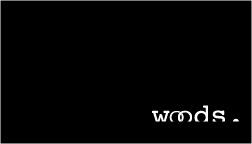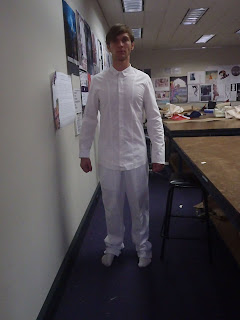







 After looking at music, lifestlye, generic photos of the 60s I have come across two men that I am extremely inspired by. I love looking at old photos of them, scrutinising what they wear, how they wore it and why it was so dramatic for the time they were living in.
After looking at music, lifestlye, generic photos of the 60s I have come across two men that I am extremely inspired by. I love looking at old photos of them, scrutinising what they wear, how they wore it and why it was so dramatic for the time they were living in.The first photos (and the most of) are of the bassist of the punk rock band The Clash, Paul Simonon. I found a book on the The Clash at my local library and instantly saw the difference between Simonon and his other band mates. He eminates style and confidence, whether wearing a ripping up military tarp, or in a leather jacket. Towards the beginning of their musical career, all the members followed the same design aesthetic, dressing the same under a theme..e.g. looking like the village people. As the photos and time progressed, his style and individuality becomes more pronouced. He is a hard core rocker, safety pins holding his clothing together spiked hair, and yet this turned into sleeked back neat hair, camel jackets and hats, absolute mens style.
I am addicted to looking at photos of him. I find him amazing.
NEXT;
BOB DYLAN a name that everyone knows, except that I had never heard his music before coming across him. His early and late fashion do not appeal to me, but rather his style in the middle of his career. Slim black suits, black boots, short sleeves and pant legs, soft cotton shirts, tiny collars and cuffs, simplicity...but it looks soo good.
Once again, another man with amazing style, whether he realised it or not. I think that Dylan was just trying to look different. To let the music tell its story.
The collars,
The shirts
The Polkadots
The Prints
Bob Dylan would definately be the strongest inspiration towards my design aesthetic. I feel he suits Dries Van Noten and his brand more so that Simonon...But I love Simonon and will continue to follow him...at least his past
































